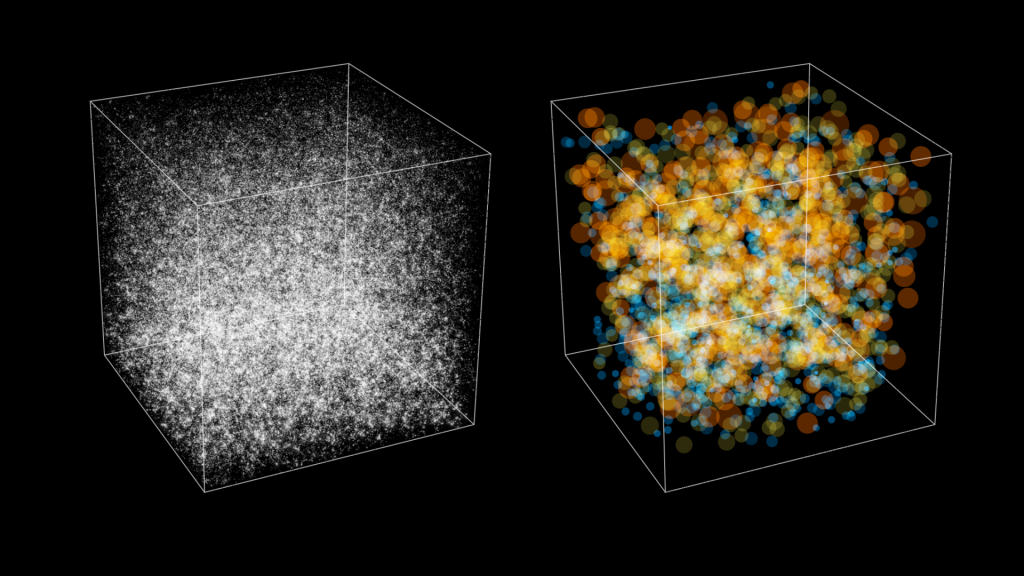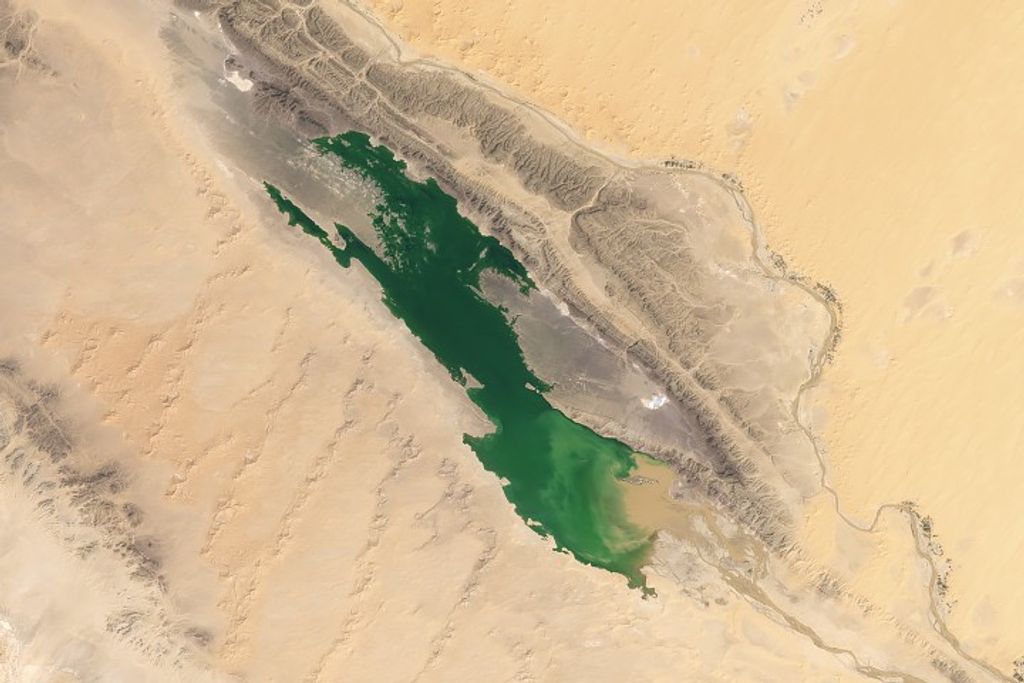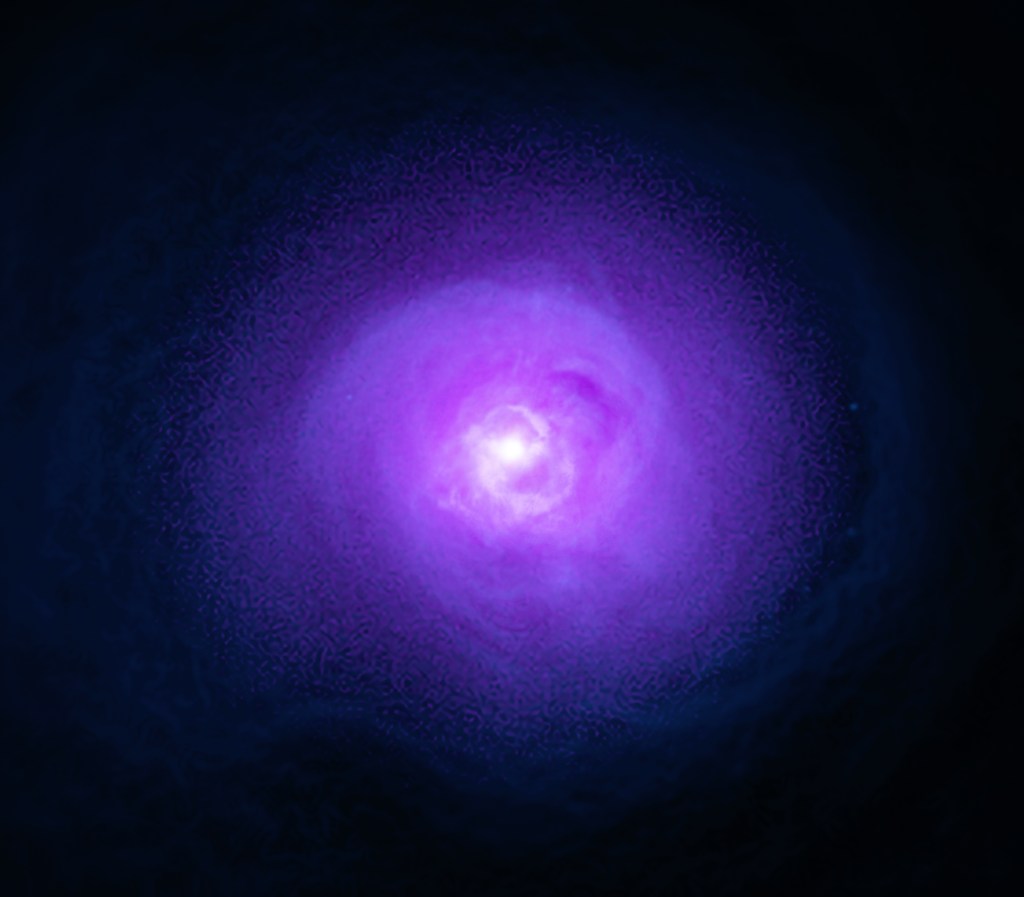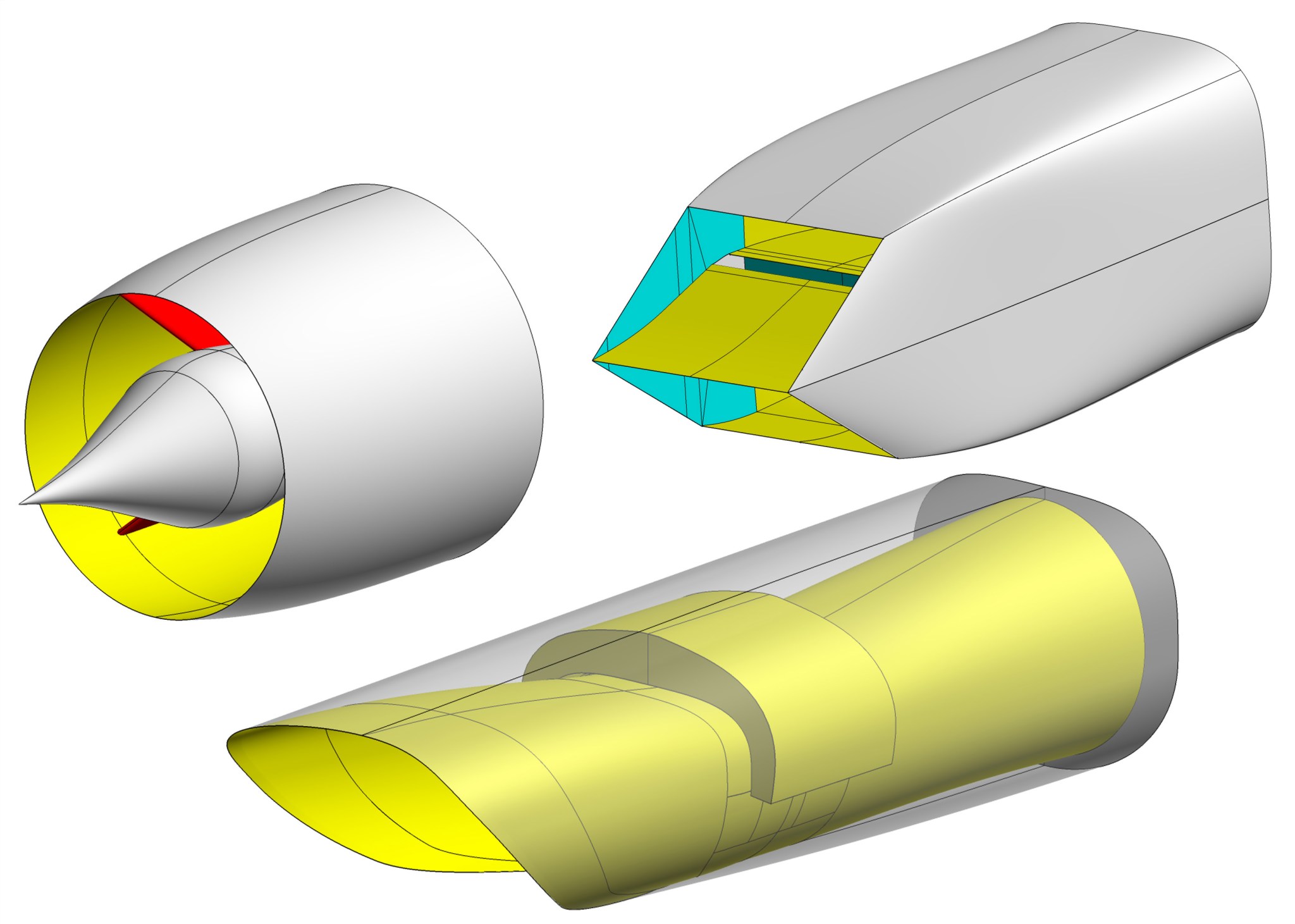Inlets and Nozzles
Design and Analysis Software
A range of advanced software tools is used to support the design, analysis, and testing of inlets and nozzles for aerospace propulsion systems.
Inlet Software
SUPIN – Supersonic Inlet Design Code
SUPIN is a NASA-developed software tool used to design and analyze the aerodynamic performance of supersonic inlets. These include axisymmetric pitot, three-dimensional pitot, axisymmetric spike, two-dimensional, two-dimensional bifurcated, and streamline-traced inlet configurations.
The tool reads a text-based input file that defines inlet geometry, design parameters, and flow conditions. Based on these inputs, SUPIN generates inlet geometry in the form of coordinate data and surface definitions. It applies low-fidelity aerodynamic analysis methods to estimate performance metrics such as flow rates, total pressure recovery, and drag. Output files include text reports and surface grid files.
SUPIN can also create three-dimensional, structured volume grids suitable for use in higher-fidelity computational fluid dynamics (CFD) simulations.
The SUPIN software is available to U.S. persons through the NASA’s Software Catalog
- Slater, J.W., “SUPIN: A Tool for the Design and Analysis of Supersonic Inlets,” NASA TM-20240008586, Oct. 2024.
- Slater, J. W., “Off-Design Analysis of Axisymmetric External-Compression Supersonic Inlets for Mach 1.4 to 2.0,” ISABE Paper 2024-022, Sep. 2024.
- Slater, J. W., “Supersonic External-Compression Inlets for Mach 1.4 to 2.0,” AIAA Paper 2023-4016, Jun. 2023.
- Slater, J. W., “Streamline-Traced, External-Compression Supersonic Inlets for Mach 2”, ISABE Paper 2022-0278, Sep. 2022.
- Pastor-Barsi, C.M. and J.W. Slater, “Some Design Considerations for Two-Dimensional, Mixed-Compression Inlets for Mach 2.5 to 3.5,” AIAA Paper 2022-0780, Jan. 2022.
- Slater, J. W., “A Study of the Internal Aerodynamics of the Concorde Inlet,” AIAA Paper 2020-3770, Aug. 2020.
| Area of Expertise | Researcher Name | |
|---|---|---|
| Inlet Software | John Slater | john.w.slater@nasa.gov |
Nozzle Software
NPAC – Nozzle Performance Analysis Code
NPAC is a streamlined and accurate computational tool for evaluating nozzle performance. It features minimal and flexible geometry modeling requirements, enabling rapid design assessments.
The code uses solution techniques that couple continuity, momentum, energy, state, and related equations to perform fast, accurate calculations of gross thrust. Its control volume and internal flow analyses can account for effects such as overexpansion or underexpansion, flow divergence, wall friction, heat transfer, and mass addition or loss across surfaces.
NPAC’s results have shown excellent agreement with experimental data across a variety of nozzle designs and operating conditions.
- Barnhart, P.J., “NPAC-Nozzle Performance Analysis Code,” NASA-CR-204129, Jul. 1997.
Rao Nozzle Design Code
The Rao code is a computational tool used to design optimum contour nozzles based on the method developed by G.V.R. Rao. It generates nozzle profiles that maximize performance by minimizing flow separation and optimizing thrust efficiency.
This tool is commonly used in the preliminary design phase of rocket and high-speed propulsion nozzles, especially for supersonic and hypersonic applications.
MOC/STT – Method of Characteristics/Streamline Tracing Tool
MOC/STT is a two- and three-dimensional Method of Characteristics (MOC) software suite used to design complex nozzle geometries. The tools feature a graphical user interface (GUI) and are designed for Windows-based platforms.
This software was developed under contract with the Johns Hopkins University Applied Physics Laboratory.
- Rice, T., “2D and 3D Method of Characteristic Tools for Complex Nozzle Development,” RTDC-TPS-481, Jun. 2003.
| Area of Expertise | Researcher Name | |
|---|---|---|
| Inlet and Nozzle CFD Analysis | Heath Reising | heath.h.reising@nasa.gov |
Reynolds-Averaged Navier-Stokes (RANS) Software
FUN3D – Fully Unstructured Three-Dimensional Code
FUN3D is a NASA-developed computational fluid dynamics (CFD) solver that uses a node-based finite-volume discretization method to compute flow solutions on mixed-element unstructured grids.
The software supports a wide range of thermodynamic and turbulence models, as well as boundary conditions tailored for internal flows and propulsion system simulations. It also includes capabilities for Chimera overset grids, automatic domain decomposition, and both adjoint- and feature-based grid adaptation.
- Anderson, W. K., et al., FUN3D Manual: 14.1, NASA’s Langley Research Center, User Manual, 2024
| Area of Expertise | Researcher Name | |
|---|---|---|
| Inlet and Nozzle CFD Analysis | David Friedlander | d.j.friedlander@nasa.gov |
VULCAN-CFD
VULCAN-CFD is a compressible, turbulent Navier-Stokes flow solver that supports finite-rate chemistry and thermodynamic non-equilibrium modeling. This cell-centered solver operates on either multi-block structured or mixed-element unstructured grids, including tetrahedral, prismatic, pyramidal, and hexahedral cells.
Researchers in inlet and nozzle design have used VULCAN-CFD to perform Reynolds-averaged Navier-Stokes (RANS) simulations on complex flowpath geometries, including those with integrated flow control devices.
The software is distributed by the Hypersonic Air-Breathing Propulsion team at NASA’s Langley Research Center.
A full list of solver capabilities is available from VULCAN-CFD.
- R. A. Baurle, J. A. White, M. D. O’Connell, T. G. Drozda and A. T. Norris, “VULCAN-CFD User Manual: Ver. 7.2.0, ” NASA Langley Research Center, Hampton, VA, 2022.
| Area of Expertise | Researcher Name | |
|---|---|---|
| Inlet and Nozzle CFD Analysis | Manan Vyas | manan.vyas@nasa.gov |
Wind-US
Wind-US is a flow solver for propulsion applications with a wide variety of models for chemistry, turbulence, bleed, blowing, actuator disks, screens, and vortex generators. It supports structured or mixed-element unstructured blocks with abutting non-contiguous faces or overlapping (Chimera) interfaces. Detailed information about the Wind-US flow solver, pre-, and post-processing tools is available at the Wind-US Documentation web site. There is also a detailed CFD Code Validation for Wind-US.
Wind-US is a computational flow solver developed for propulsion system applications. It supports a wide range of modeling capabilities, including chemistry, turbulence, bleed, blowing, actuator disks, flow screens, and vortex generators.
The software can operate on structured or mixed-element unstructured grid blocks and accommodates both abutting non-contiguous interfaces and overlapping (Chimera) grid systems.
Comprehensive documentation, including pre- and post-processing tools, is available through the Wind-US Documentation site. A detailed CFD code validation report for Wind-US is also available.
- Yoder, D.A., “Wind-US User’s Guide Version 4.0,” NASA/TM-2016-219145, Jul. 2016.
- Nelson, C.C., “An Overview of the NPARC Alliance’s Wind-US Flow Solver,” AIAA-2010-0027, 48th AIAA Aerospace Sciences Meeting, Orlando, Florida, Jan. 4-7, 2010.
- Bush, R.H., Power, G.D., and Towne, C.E., “WIND – The Production Flow Solver of the NPARC Alliance,” AIAA-1998-935, 36th Aerospace Sciences Meeting, Reno, NV, Jan. 12-15, 1998.
| Area of Expertise | Researcher Name | |
|---|---|---|
| Inlet and Nozzle CFD Analysis | Dennis Yoder | dennis.a.yoder@nasa.gov |
Turbulence Modeling and Validation
Advancing Reynolds-averaged Navier-Stokes (RANS) turbulence modeling, particularly for propulsion flow components, and validating these methods are critical to improving numerical simulation capabilities.
Turbulence Model Development and Modifications
- Yoder, D.A. and Orkwis, P.D., “On the Use of Optimization Techniques for Turbulence Model Calibration,” Computers and Fluids, Vol. 214, Jan. 2021.
- Georgiadis, N.J. and Yoder, D.A., “Recalibration of the Shear Stress Transport Model to Improve Calibration of Shock Separated Flows, AIAA Paper 2013-0685 and NASA TM-2013-217851, Jan. 2013.
- Georgiadis, N.J. and Yoder, D.A., “Improvements to an Explicit Algebraic Stress Model for Turbulent Jet Mixing Predictions,” AIAA Paper 2019-0325, Jan. 2019.
- Engblom, W.A. and Georgiadis, N.J., “Investigation of Variable-Diffusion Turbulence Model Correction for Round Jets,” AIAA Paper 2005-3085, May 2005.
Turbulence Model Evaluation and Validation
- Georgiadis, N. J., Dippold, V.F., Baurle, R.A., Rumsey, C.L., “Heated Supersonic Jet Cases for the NASA Turbulence Modeling Resource,” AIAA Paper 2025-2577, Jan. 2025.
- Friedlander, D.J., Georgiadis, N.J., Howerton, L.W., and Reising, H.H., “Numerical Simulations of an Axisymmetric Shock-Wave/Boundary-Layer Interaction,” AIAA Paper 2025-2065, Jan. 2025.
- Yoder, D.A., “Initial Evaluation of an Algebraic Reynolds Stress Model for Compressible Turbulent Shear Flows,” AIAA Paper 2003-0548, Jan. 2023.
- Dudek, J.C., “Evaluation of Full Reynolds Stress Models in FUN3D for Axisymmetric Jet Flow,” AIAA Paper 2019-2332, Jan. 2019.
- Dudek, J.C. and Carlson, J.R., “Evaluation of Full Reynolds Stress Models in FUN3D,” AIAA Paper 2017-0541, Jan. 2017.
- Yoder, D.A., “Comparison of Turbulent Thermal Diffusivity and Scalar Variance Models,” AIAA Paper 2016-1561, Jan. 2016.
- Georgiadis, N.J., Rumsey, C.L., and Huang, G.P., “Revisiting Turbulence Model Validation for High-Mach Number Compression Corner Flows,” AIAA Paper 2015-0316, Jan. 2015.
- Georgiadis, N.J., Yoder, D.A., Vyas, M.A., and Engblom, W.A., “Status of Turbulence Modeling for Hypersonic Propulsion Flowpaths, ” Theor. Comput. Fluid Dyn., Vol. 28, 2014, pp. 295-318.
- Debonis, J. R., Oberkampf, W. L., Wolf, R. T., Orkwis, P. D., Turner, M. G., Babinsky, H., and Benek, J. A., “Assessment of Computational Fluid Dynamics and Experimental Data for Shock Boundary-Layer Interactions,” AIAA Journal, Vol. 50, No. 4, 2012, pp. 891-903.
- Georgiadis, N.J., Yoder, D.A., and Engblom, W.A., “Evaluation of Modified Two-Equation Turbulence Models for Jet Flow Predictions, AIAA Journal, Vol. 44, No. 12, Dec. 2006, pp. 3107-3114.
| Area of Expertise | Researcher Name | |
|---|---|---|
| Turbulence Modeling and Validation | Dennis Yoder | dennis.a.yoder@nasa.gov |
| Turbulence Modeling and Validation | Nick Georgiadis | georgiadis@nasa.gov |
| Turbulence Modeling and Validation | Julie Dudek | jdudek@nasa.gov |
Large-Eddy Simulation (LES) Software
GFR – Glenn Flux Reconstruction
GFR is a high-order computational fluid dynamics (CFD) solver developed for large-eddy simulations (LES). It is based on the flux reconstruction (FR) method, which provides an efficient and flexible approach for solving the differential form of the Navier-Stokes equations on unstructured grids with user-defined accuracy.
The FR method can represent several other high-order schemes, including spectral difference (SD), spectral volume (SV), and discontinuous Galerkin (DG) methods. Within each computational cell, the solution’s conserved variables are represented using polynomial basis functions. The degree of the polynomial, specified by the user, determines the simulation’s order of accuracy (P+1).
Key features of GFR include the following:
- Support for fully unstructured, mixed-element meshes with high-order curved surfaces
- Stationary and rotating reference frame capabilities
- Automatic domain decomposition with demonstrated parallel scaling on more than 40,000 CPU cores
- Implicit large-eddy simulation capability
- Optimized Runge-Kutta integration methods
- Synthetic Eddy Method for generating unsteady turbulent inflows
The following publications provide detail in this area.
- Spiegel, S.C., Yoder, D.A., DeBonis, J.R., Huynh, H.T., Heinlein, G.S., Borghi Jr., M.R., and Georgiadis, N.J., “New Capabilities and Improvements to the High-Order Glenn Flux Reconstruction Code, AIAA 2025-0061, 2025.
- Spiegel, S.C., Borghi Jr., M.R., and Yoder, D.A., “Large Eddy Simulations of a Single-Injector Cooling Flow Using the High-Order Flux Reconstruction Method,” AIAA 2022-1813, 2022.
- Spiegel, S.C., DeBonis, J.R., and Huynh, H.T., “Overview of the NASA Glenn Flux Reconstruction Based High-Order Unstructured Grid Code,” AIAA 2016-1061, 2016.
- Huynh, H.T., “A Flux Reconstruction Approach to High-Order Schemes Including Discontinuous Galerkin Methods,” AIAA 2015-2444, 2015.
- Spiegel, S.C., Huynh, H.T., and DeBonis, J.R., “A Survey of the Isentropic Euler Vortex Problem Using High-Order Methods,” AIAA-2015-2444, 2015.
- Spiegel, S.C., Huynh, H.T., and DeBonis, J.R., “De-Aliasing Through Over-Integration Applied to the Flux Reconstruction and Discontinuous Galerkin Methods,” AIAA 2015-2744, 2015.
| Area of Expertise | Researcher Name | |
|---|---|---|
| High-Order Flux Reconstruction Code Development | Seth Spiegel | seth.c.spiegel@nasa.gov |
WRLES – Wave Resolving Large-Eddy Simulation
WRLES is a high-order computational fluid dynamics (CFD) code designed to resolve turbulent structures with minimal numerical error. It employs high-resolution methods for both spatial and temporal discretization to support advanced large-eddy simulation (LES) research and propulsion system analysis.
The code uses explicit central differencing for spatial discretization, offering standard second- through twelfth-order schemes, as well as specialized seven-, nine-, eleven-, and thirteen-point dispersion-relation-preserving methods. It requires structured, multi-block grids with point-matched overlapping interfaces.
Key numerical features include:
- High-order solution filtering and shock-capturing for numerical stability
- Time integration using multistage Runge-Kutta methods, accurate up to fourth order
- Multiple turbulence modeling options, including:
- Reynolds-Averaged Navier-Stokes models: Baldwin-Lomax and Spalart-Allmaras
- Sub-grid scale LES models: Smagorinsky, dynamic Smagorinsky, and Vreman
WRLES is used for both propulsion system component analysis and development of improved LES algorithms, including new numerical schemes, filters, and turbulence models.
- DeBonis, J.R., “WRLES: Wave Resolving Large-Eddy Simulation Code, Theory and Usage,” NASA/TM-2019-220192, May 2019.
| Area of Expertise | Researcher Name | |
|---|---|---|
| High-Order Flux Reconstruction Code Development | James DeBonis | james.r.debonis@nasa.gov |
FDL3DI – Flight Dynamics Laboratory Three-Dimensional Implicit
FDL3DI is a high-order accurate structured grid solver with Chimera overset grid capabilities. Developed by the U.S. Air Force Research Laboratory (AFRL) at Wright-Patterson Air Force Base, the code is designed to solve compressible Navier-Stokes equations for propulsion and flow physics applications.
Spatial discretization is performed using compact spectral-like finite-difference schemes. Centered difference formulas of various orders are used for their low numerical diffusion and accurate semi-discrete error characteristics. To suppress instabilities common in Navier-Stokes solvers, solution filtering is applied during temporal advancement.
For time integration, the code supports both:
- Implicit methods: Beam and Warming approximate factorization
- Explicit methods: Multistage Runge-Kutta schemes
FDL3DI is commonly used to analyze propulsion system components and study fundamental flow physics in complex flowpaths.
For information on basic capabilities, refer to the official AFRL documentation. For recent updates or advanced features, contact AFRL directly.
- M. Vyas, D. Yoder, and D. Gaitonde “Reynolds-stress Budgets in an Impinging Shock Wave/Boundary-layer Interaction”. AIAA Journal, 57(11):4698–4714, Nov. 2019.
- Gaitonde, D.V., and Visbal, M.R., “High-order schemes for Navier–Stokes equations: algorithms and implementation into FDL3DI,” Technical Report AFRL-VA-WP-TR-1998-3060, Air Force Research Laboratory, Wright-Patterson AFB, Aug 1998.
| Area of Expertise | Researcher Name | |
|---|---|---|
| High-Order Flux Reconstruction Code Development | Manan Vyas | manan.vyas@nasa.gov |
Read More About Inlets and Nozzles
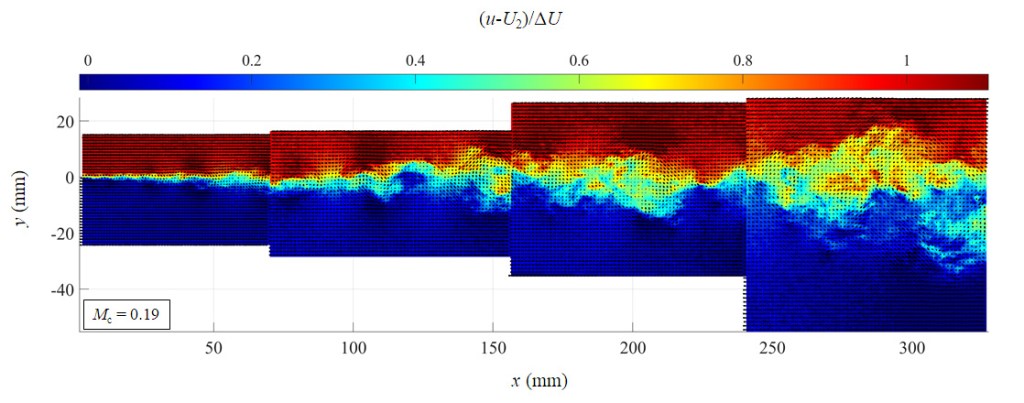
Fundamental Physics Experiments
Fundamental physics experiments increase our understanding of more complex problems and provide important data for improving and validating physical models.
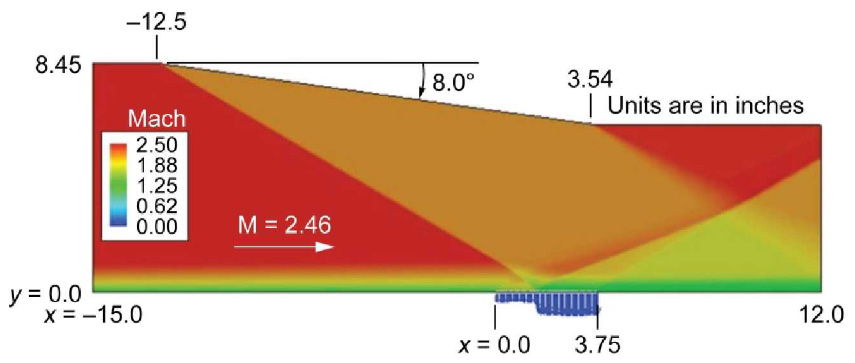
Physics Modeling and Validation
Improvements in physical modeling and the validation of these methods are critical to advancing numerical simulation capabilities.
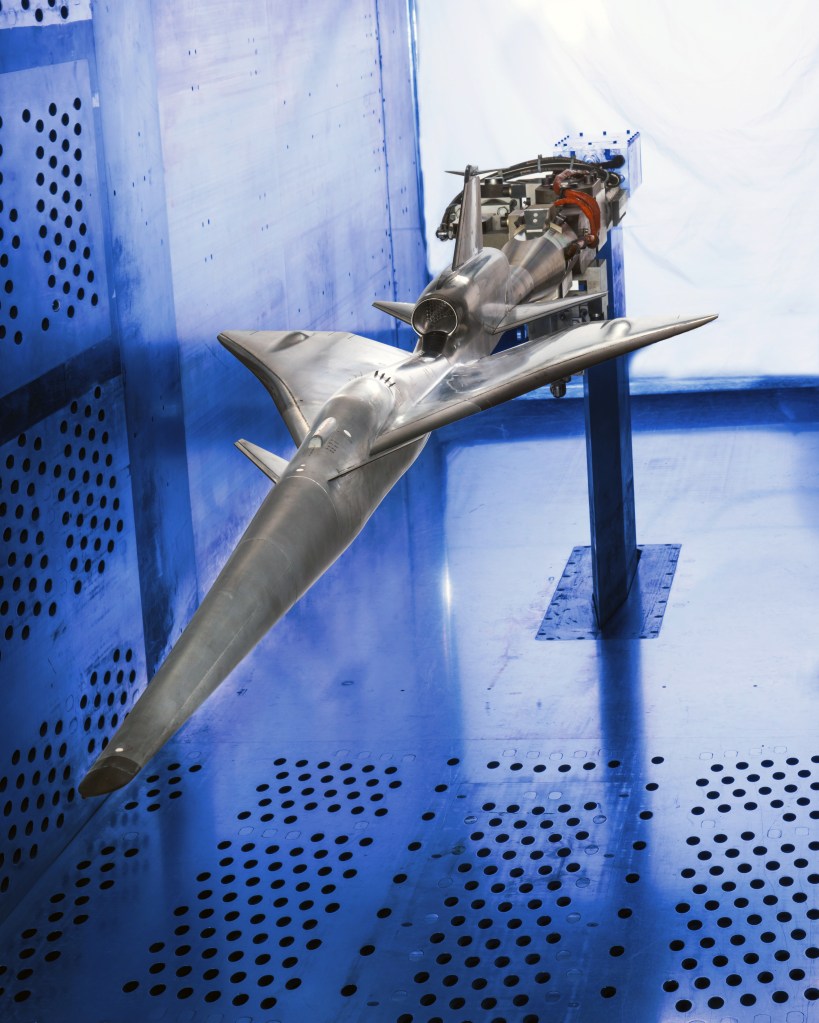
Support of Flight Demonstration Projects
Computational fluid dynamics, wind tunnel tests, real-time displays, and system integration support X-59 supersonic flight.
Inlets and Nozzles
NASA is advancing inlets and nozzles for aircraft engines and aerospace applications through research supporting commercial, military aircraft, and space propulsion systems.
Return



